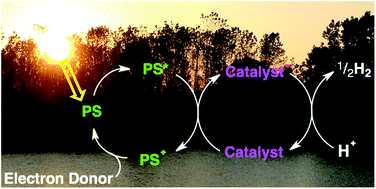Molecular systems for light driven hydrogen production†
Abstract
Recent work towards the production of hydrogen via

- This article is part of the themed collection: Dalton Discussion 13: Inorganic photophysics and photochemistry –Fundamentals and applications

 Please wait while we load your content...
Please wait while we load your content...